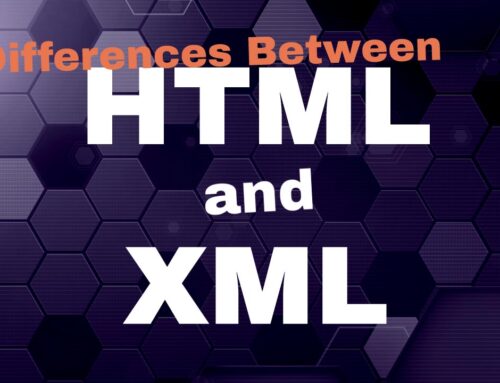HTML (Hypertext Markup Language) is a markup language used to create web pages. It was first created in 1990 by Tim Berners-Lee, a British computer scientist who was working at CERN (the European Organization for Nuclear Research) at the time. The first version of HTML, HTML 1.0, was released in 1991.
Over the years, the HTML standard has gone through several revisions, each introducing new features and improvements to the language. Here’s the complete history of the HTML standard:
HTML 1.0: Released in 1991, The first version of HTML.
HTML 2.0: Released in 1995, HTML 2.0 added support for tables and forms, as well as new features like image maps and client-side image maps.
HTML 3.2: Released in 1997, HTML 3.2 added support for Cascading Style Sheets (CSS) and introduced new tags for text formatting and frames.
HTML 4.0: Released in 1997, HTML 4.0 introduced new features like the ability to embed multimedia content, including audio and video. It also introduced support for scripting languages like JavaScript and VBScript.
XHTML: In 2000, a new version of HTML called XHTML (Extensible Hypertext Markup Language) was introduced. XHTML was based on XML and was designed to be more strict and well-formed than HTML.
HTML5: Released in 2014, HTML5 is the latest version of the HTML standard. It introduces new features like semantic markup, multimedia support, and the ability to create web applications. It also provides better support for accessibility and mobile devices.
Today, as of 2/15/2023, HTML5 is the most widely used version of the HTML standard, and it is the foundation of modern web development.










